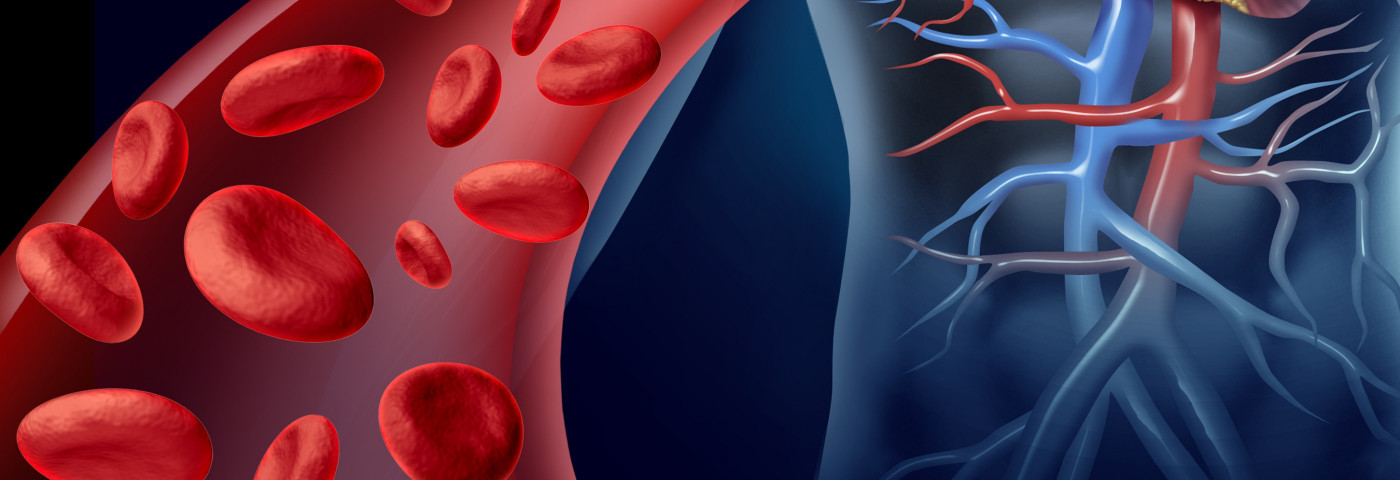Since 2011, the Sepsis Alliance has recognized September as Sepsis Awareness Month. Sepsis occurs when an existing infection triggers an extreme chemical response in the body. When this happens, the body attacks itself instead of the source of infection. Sepsis ranges from mild to severe, with septic shock being the most life-threatening.
The Sepsis Alliance uses the acronym “TIME” to help people recognize common symptoms. The first two letters represent temperature and infection. While a fever usually indicates an infection, a lower body temperature can be a sign of sepsis. A person may also exhibit chills, shivering, and sweaty or clammy skin.
Someone experiencing mental decline (M) and extremely ill feelings (E) of pain or discomfort along with abnormal body temperature and infection should seek immediate medical treatment for severe sepsis. A patient with severe sepsis may become easily confused or disoriented. Extreme fatigue and sleepiness are also warning signs.
A low blood pressure, especially a systolic pressure less than 100, can lead to blood clots, organ failure, and tissue death. If the systolic pressure drops below 65, the patient can go into septic shock. Other indicators include a rapid resting heart rate or pulse above 90 beats per minute and a respiratory rate of more than 22 breaths per minute.
A septic patient will be admitted to a hospital’s intensive care unit (ICU). The medical team will treat the patient with various antibiotics to combat the infection along with intravenous fluids and vasopressors to increase blood pressure. Depending on the cause of infection and resulting complications, the patient might need surgery, other medications, and supportive care.
Who is at risk?
Anyone with an infection can be at risk for sepsis. Certain populations are more susceptible: people 65 and older, infants, the chronically ill, the immunocompromised, and sepsis survivors. Crohn’s and ulcerative colitis patients are especially vulnerable because of the conditions associated with their disease and the immunosuppressants they take to treat them.
Sepsis affects 1.7 million people and causes more than 270,000 deaths each year. Every two seconds, someone dies from sepsis. I almost became a statistic twice.
My battles with sepsis
I first had sepsis in 2006. I was feverish and fatigued all week. My primary care physician prescribed an antibiotic on a Thursday, and he instructed me to go to the emergency room if my fever returned or went above 101 F over the weekend.
On Friday, my temperature was normal. I left work early after completing a stressful project. A friend had given me a gift card to a spa, and I thought the detoxifying effects of a relaxing deep-tissue massage and salt-scrub body polish would be beneficial. Instead, I believe my first and only spa day released toxins into my bloodstream, causing sepsis.
I woke up Saturday morning with a fever of 101 F. My sister drove me to the emergency room, and in a matter of hours, I went into septic shock. When my blood pressure dropped to 70/30, I was admitted to ICU. The last thing I remember before losing consciousness was my sister kissing my forehead. A few days later, my gastroenterologist diagnosed me with Crohn’s.
After my first brush with sepsis, I thought I would recognize the symptoms. On the contrary, three years ago this week, not only was I septic, but also I was in liver failure and acute renal failure.
Like the first time, I had fatigue and couldn’t concentrate, but my fever never went above 100 F. When the chills started and I began shivering uncontrollably one weekend, my husband begged me to call my doctor. I was scheduled for bloodwork on Monday and had an appointment with my gastroenterologist at the end of the week. Somehow, I convinced my husband I would be fine until then.
On Tuesday, my doctor called with my lab results, which he never does. That night, I began my four-week stay in the ICU at the transplant hospital. Being septic, I was ineligible to be listed on the national organ transplant registry. Doctors were able to control my infection after a week of antibiotics and dialysis. I was placed at the top of the transplant list, and within 48 hours, I received my new liver.
Life after sepsis
Some sepsis survivors suffer from post-sepsis syndrome, which includes long-term physical and psychological effects. Damaged organs or tissues might cause pain or require future medical care. A patient might notice a decrease in cognitive function as well. Emotionally, someone might have post-traumatic stress disorder and experience insomnia, depression, low self-esteem, hallucinations, and other psychological disorders.
I’m fortunate that I was able to recover from sepsis twice without complications. As a liver transplant recipient, I can’t afford to be septic again. Sepsis could cause me to go into rejection, and a third TIME won’t be a charm.
***
Note: IBD News Today is strictly a news and information website about the disease. It does not provide medical advice, diagnosis, or treatment. This content is not intended to be a substitute for professional medical advice, diagnosis, or treatment. Always seek the advice of your physician or other qualified health providers with any questions you may have regarding a medical condition. Never disregard professional medical advice or delay in seeking it because of something you have read on this website. The opinions expressed in this column are not those of IBD News Today, or its parent company, BioNews, and are intended to spark discussion about issues pertaining to IBD.

